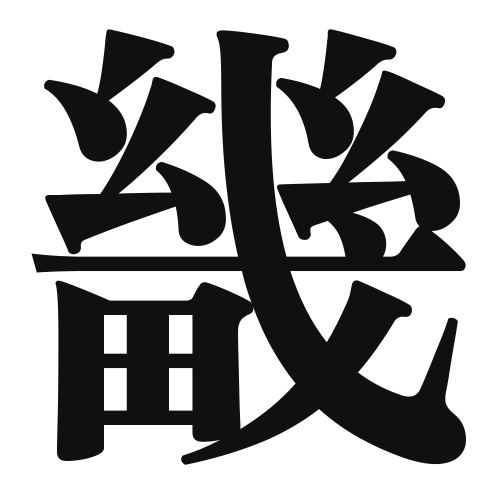1. Overview of Meaning
The kanji “畿” (ki) refers to the area surrounding the capital, particularly in historical contexts. It is often associated with the concept of a region or territory that is significant to governance and culture.
2. Formation and Radical
Formation of the Kanji: The kanji “畿” is a compound character (会意文字) that combines elements to convey its meaning. It consists of the radical for “rice field” (田) and the phonetic component “基” (ki), which relates to the foundation or base.
Radical: The radical of “畿” is 田 (rice field), which often relates to agriculture and land.
3. Examples of Usage
Common Words and Phrases: The kanji “畿” is often found in words like “畿内” (Kinai), which refers to the area around Kyoto and Osaka, historically significant regions in Japan.
Example Sentence in Daily Conversation: “彼は畿内の歴史に詳しいです。” (He is knowledgeable about the history of the Kinai region.)
4. Synonyms and Antonyms
Similar Kanji: A similar kanji is “域” (iki), which also refers to a region or area but can imply a broader or more abstract concept of territory.
Opposite Kanji: An antonym could be “外” (soto), meaning “outside,” which contrasts with the idea of a defined or significant area like “畿.”
5. Cultural and Historical Background
Relation to Japanese Culture: The kanji “畿” is deeply rooted in Japan’s historical governance, particularly during the Heian period when the capital was located in Kyoto. It signifies the importance of the central regions in political and cultural development.
Proverbs and Idioms: While there may not be specific proverbs that use “畿,” it is often referenced in discussions about historical governance and regional significance in Japan.
